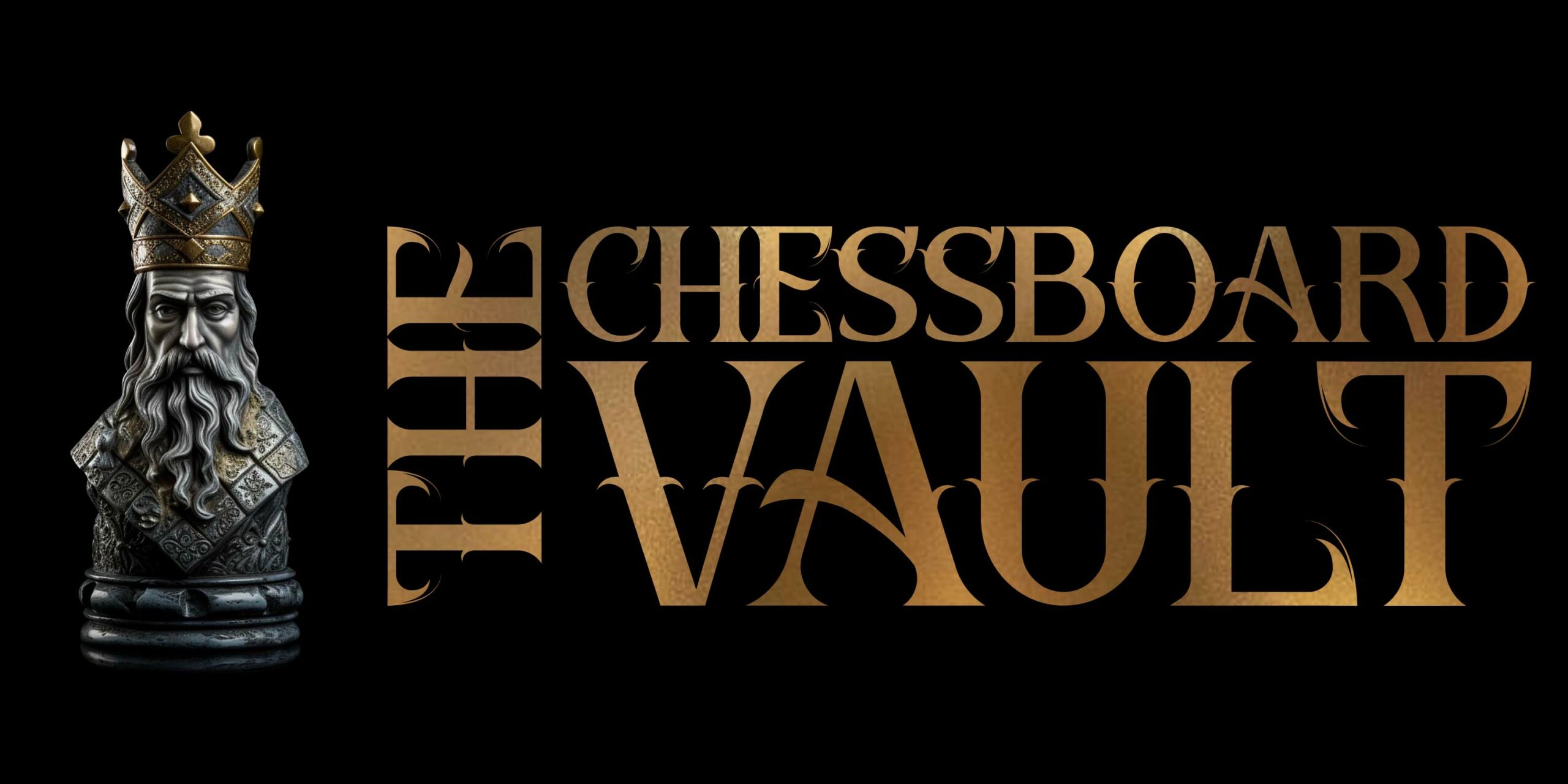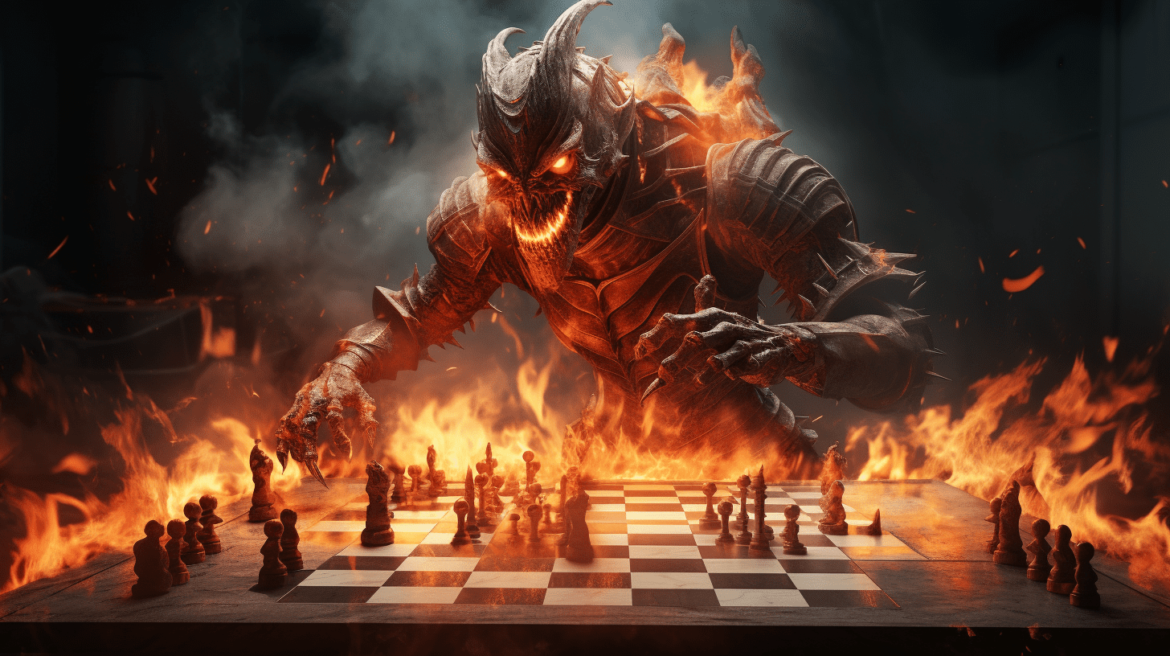Intellect, and creativity. But beyond the subtle dance of positional play, there lies a more aggressive, thrilling aspect of the game: the attack. This dimension of chess evokes a sense of excitement and drama, making hearts race and spectators hold their breath.
To the untrained eye, attacking in chess may seem like a random barrage of moves aimed at unsettling the opponent. But in reality, it is a well-choreographed sequence of events, honed over time and refined through countless games. A successful attack is the result of understanding the fundamental principles that underpin the game, and knowing when to strike with precision and force.
Launching an offensive in chess is not just about targeting the opponent’s king; it’s about exploiting vulnerabilities in their position. Every piece on the board has a role to play, and when they come together in harmony, they form an orchestra of threats that can overwhelm even the most defensive setups.
Imagine a fortress with high walls and fortified defenses. To breach such a stronghold, one cannot simply knock at the front gate and expect it to open. Instead, it requires a plan – perhaps diverting attention with a decoy, finding a weak point in the wall, or cutting off supplies. Similarly, in chess, a successful attack demands foresight, preparation, and, often, a hint of deception.
As we delve deeper into the art of attacking in subsequent discussions, remember that the essence of a great attack is not just about overpowering the opponent, but doing so with elegance and finesse. Whether you are a seasoned player or a budding enthusiast, understanding the principles of attacking will not only enhance your appreciation of the game but also elevate your skills to new heights. Welcome to the exhilarating world of chess attacks. Prepare to be captivated!
Principles of a Successful Attack
Learning how to attack in chess requires understanding the foundational principles that propel any successful offensive. These principles not only enhance your strategic prowess but also inform your tactical decisions on the board.
- Importance of Piece Activity: At the core of a successful attack is active piece play. Ensure that your pieces are on aggressive squares, poised to pounce on the opponent’s position. An inactive piece can be a dormant powerhouse; release it, and the dynamics of the board change.
- Central Control: Control of the center is vital. A player with a strong central presence can launch attacks on both flanks with ease. Moves like 1.e4 and 1.d4 in the opening underline this principle, aiming to command central squares early on.
- Coordination and Harmony of Pieces: An attack isn’t just the job of one piece; it’s a coordinated effort. A knight and bishop working in tandem can weave threats more lethal than when operating in isolation. Think of your pieces as members of an orchestra; each must play its part for the melody of attack to resonate.
- Timing and Tempo: In chess, as in dance, timing is everything. Recognizing the right moment to strike is as crucial as the attack itself. Sometimes, a quiet preparatory move can be the prelude to a devastating onslaught. A rush can backfire, while patience might intensify pressure.
- The Principle of Two Weaknesses: Often, an attack on a single point can be defended. However, creating threats on two fronts divides the opponent’s defensive resources. By exploiting one weakness, you might create another. This dual-pronged strategy is often the key to breaking through staunch defenses.
Mastering how to attack in chess hinges on grasping and applying these principles. Every successful assault is rooted in these foundational concepts, harmonizing strategy and tactics in the beautiful dance of chess warfare.
Key Components of an Attack
Mastering how to attack in chess is akin to assembling the pieces of a complex puzzle. While understanding the principles provides a roadmap, recognizing the critical components of an attack ensures you capitalize on opportunities and exploit vulnerabilities. Here’s a breakdown:
- The King’s Safety: One of the primary targets in chess is the opponent’s king. The safety of the king is often determined by the pawn structure surrounding it. A castle on the king-side with pawns on f2, g2, and h2 is generally safe. However, a pawn move like g2-g4 can create potential weaknesses, offering avenues for attack.
- Piece Mobilization: To launch an effective attack, your pieces need to be optimally positioned. This often involves maneuvers like rook lifts, where a rook on the first rank moves up to a more aggressive square, say Rf1-f3 followed by Rf3-h3, targeting the opponent’s king-side. Knights and bishops too must find aggressive outposts, squares where they exert maximum pressure.
- Open Lines and Breakthroughs: Imagine your pieces as troops. They need clear paths to infiltrate enemy lines. Pawns can play a pivotal role here. A move like e4-e5 can pry open the center or f4-f5 can instigate a king-side assault. Leveraging semi-open files, where a pawn has been exchanged, provides rooks with highways to intensify pressure.
- Creating Multiple Threats: Often, a single threat can be parried. But what if there’s a simultaneous threat on the other flank? This bifurcation of threats can overstretch the opponent’s defenses, making it easier to breach their fortress.
Understanding these components is central to learning how to attack in chess. While the landscape of every game is unique, these components serve as your compass, guiding you through the intricacies of aggressive play and ensuring your forces strike with precision and power.
Common Attacking Patterns and Motifs
Delving deep into how to attack in chess unveils a repertoire of recurrent patterns and motifs. These are the tried and tested blueprints of aggression that have been employed by grandmasters over the eras. Familiarity with these motifs provides a significant advantage, enabling one to spot and orchestrate threats instinctively.
- Pawn Storms: Launching your pawns towards the opponent’s king is a standard attacking strategy. On the king-side, a pawn sequence like g4-g5 followed by h4-h5 can rip open the protective shield around the enemy king. On the queen-side, moves like a4-a5 and b4-b5 can instigate similar damage.
- Piece Sacrifices: Bold and dramatic, sacrifices can dismantle an opponent’s position. Classic examples include the Bishop sacrifice on h6, often initiated by moves like Bxh6, intending to shatter the pawn cover. Another typical sacrifice is the Knight on f7, a tactic like Nxf7, targeting the vulnerable intersection of rook and king.
- Battery Formations: Aligning heavy pieces on the same line or diagonal can create devastating threats. The queen and bishop aligning on the b1-h7 diagonal with a sequence like Bd3 and Qc2 is a classic battery aiming at the h7 pawn. Similarly, rooks can double on a file, say Rae1 and Rfe1, amplifying the pressure.
- Pin and Skewer: A pin immobilizes an enemy piece, while a skewer threatens two in a line. An example is the move Bg5, pinning an enemy knight on f6 to the queen behind it. Or Rd1, skewering a queen on d7 to a king on d8.
Recognizing these patterns is paramount for those mastering how to attack in chess. While creativity and adaptability remain integral, these motifs serve as foundational pillars, allowing players to harness the power of age-old chess wisdom in their games.
Recognizing Counterplay
In mastering how to attack in chess, one must not become so engrossed in their offensive that they overlook the opponent’s threats. Counterplay, the defensive and offensive resources available to the opponent amidst your attack, can swiftly turn the tables. Recognizing and addressing counterplay is as crucial as plotting your assault.
- Balance Between Attack and Defense: As tempting as it may be to commit all your forces to an attack, leaving key areas undefended can be perilous. For instance, while launching a king-side pawn storm with moves like g4-g5, it’s essential to ensure that the queen-side isn’t susceptible to breakthroughs.
- Identifying Opponent’s Threats: Always ask yourself, “What are my opponent’s threats?” Perhaps they have a sneaky …Qh4 move, targeting your weak f2 pawn, or maybe a knight jump to …Ne4, centralizing and posing various threats. Regularly pausing to assess the opponent’s active possibilities is a sound strategy.
- Knowing When to Pause: Not every move needs to be an attacking one. Sometimes, a prophylactic move that curbs the opponent’s counterplay is more valuable. A move like Kg2, tucking the king away, or a3, preventing an impending …b4 pawn thrust, can be instrumental in securing your position.
- Transitions into Endgame: As the middle game with its complexities wanes, be wary of diving too deep into an attack if it compromises your endgame. Sacrificing material for an elusive checkmate, only to transition into an unfavorable endgame, can be a miscalculation.
To truly master how to attack in chess, one must respect the opponent’s resources. Chess is a dialogue, and for every attacking phrase you utter, there’s a counter-narrative from the opponent. Being attuned to this back-and-forth ensures you’re not caught off-guard, maintaining the upper hand in the battle.
Famous Attack Games
To understand how to attack in chess, studying grandmaster games is invaluable. Throughout history, several iconic games exemplify the art of attack, showcasing dazzling combinations, sacrifices, and sheer genius. Here’s a brief tour of some of the most famous:
- The Evergreen Game (1852): Played between Adolf Anderssen and Jean Dufresne, this game epitomizes attacking play. Anderssen gave up both rooks and a bishop, finishing with a queen sacrifice! The game concludes with Bd6#, delivering checkmate with his remaining bishop.
- The Opera Game (1858): Paul Morphy, playing against the Duke of Brunswick and Count Isouard, demonstrated his attacking genius in a Paris opera house. Morphy’s pieces came to life with spectacular harmony, culminating in a final move 17… Qd8#.
- The Immortal Game (1851): Another masterpiece by Adolf Anderssen, this time against Lionel Kieseritzky. Anderssen sacrificed his rooks, then his queen, and then delivered checkmate with just three minor pieces remaining on the board with 23. Be7#.
- Kasparov vs. Topalov, Wijk aan Zee (1999): Garry Kasparov, often considered the best player in chess history, played a brilliant game against Veselin Topalov. The highlight was a rook sacrifice with 24. Rxd4! that led to a cascading series of tactical blows.
- Rotlewi vs. Rubinstein, Lodz (1907): Akiba Rubinstein showcased one of the most splendid combinations ever seen. Starting with a knight sacrifice, 22…Nxd4!, Rubinstein’s pieces danced with harmony, concluding with a breathtaking quiet move 29… Qe3!.
Studying these games is not just about the thrill they provide, but also about the deeper understanding they offer on how to attack in chess. Each game unveils layers of strategic depth, creativity, and the audacity to seize the initiative, offering invaluable lessons for budding attackers.

